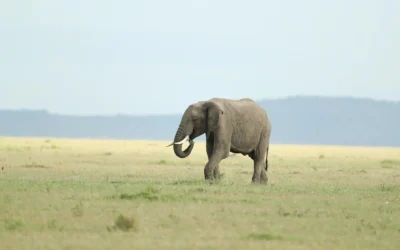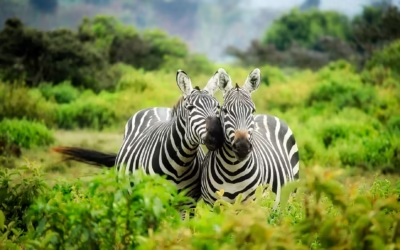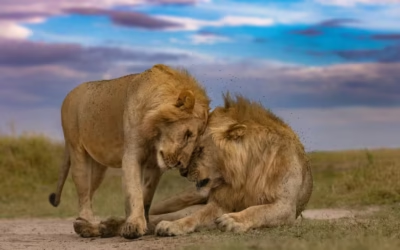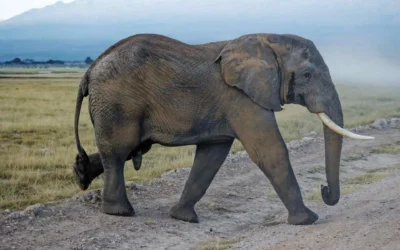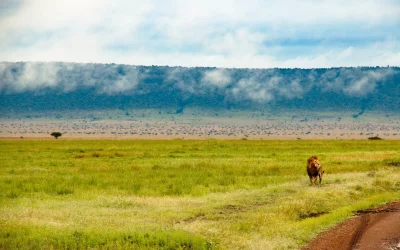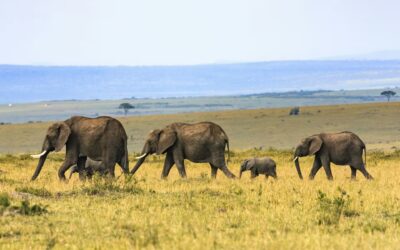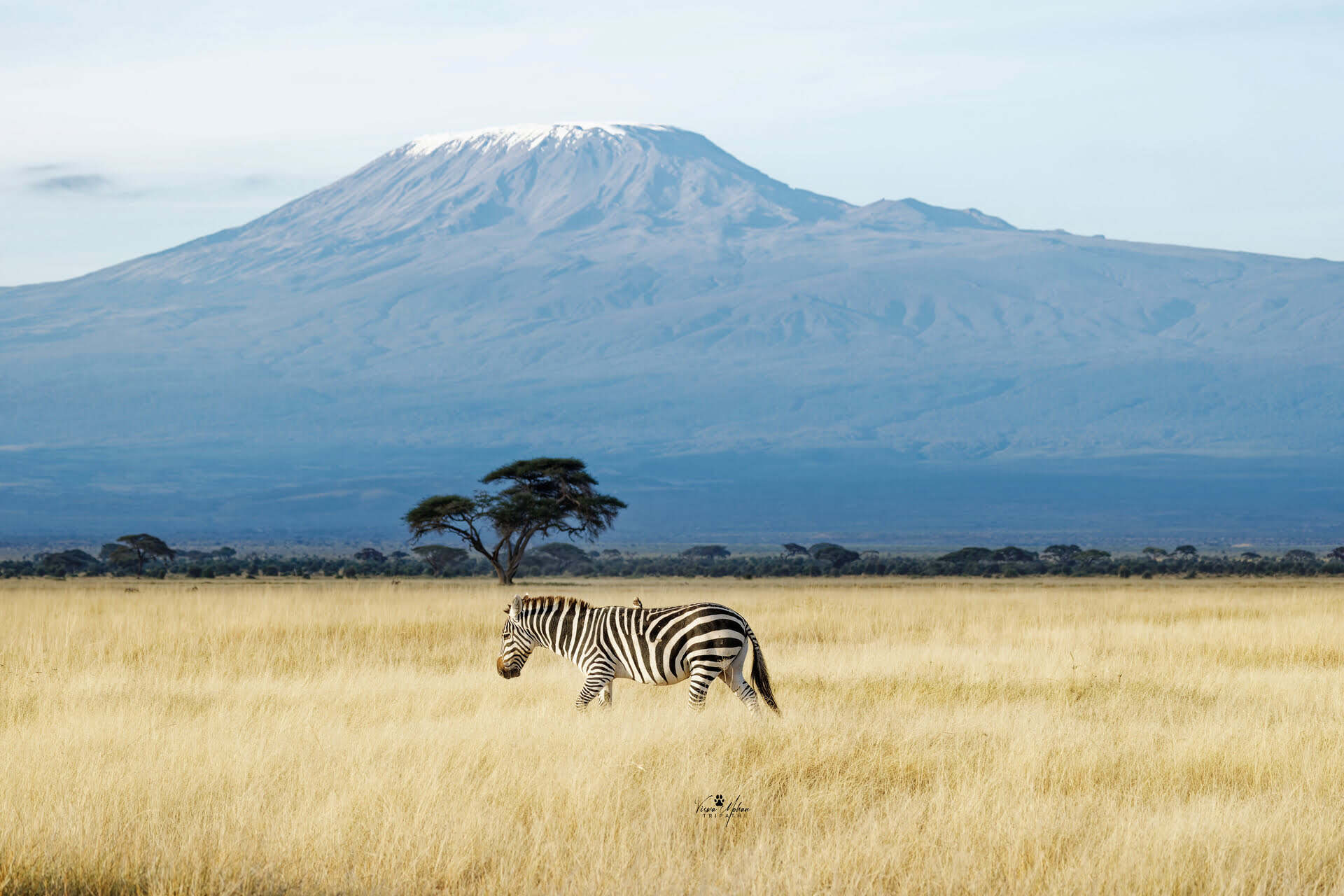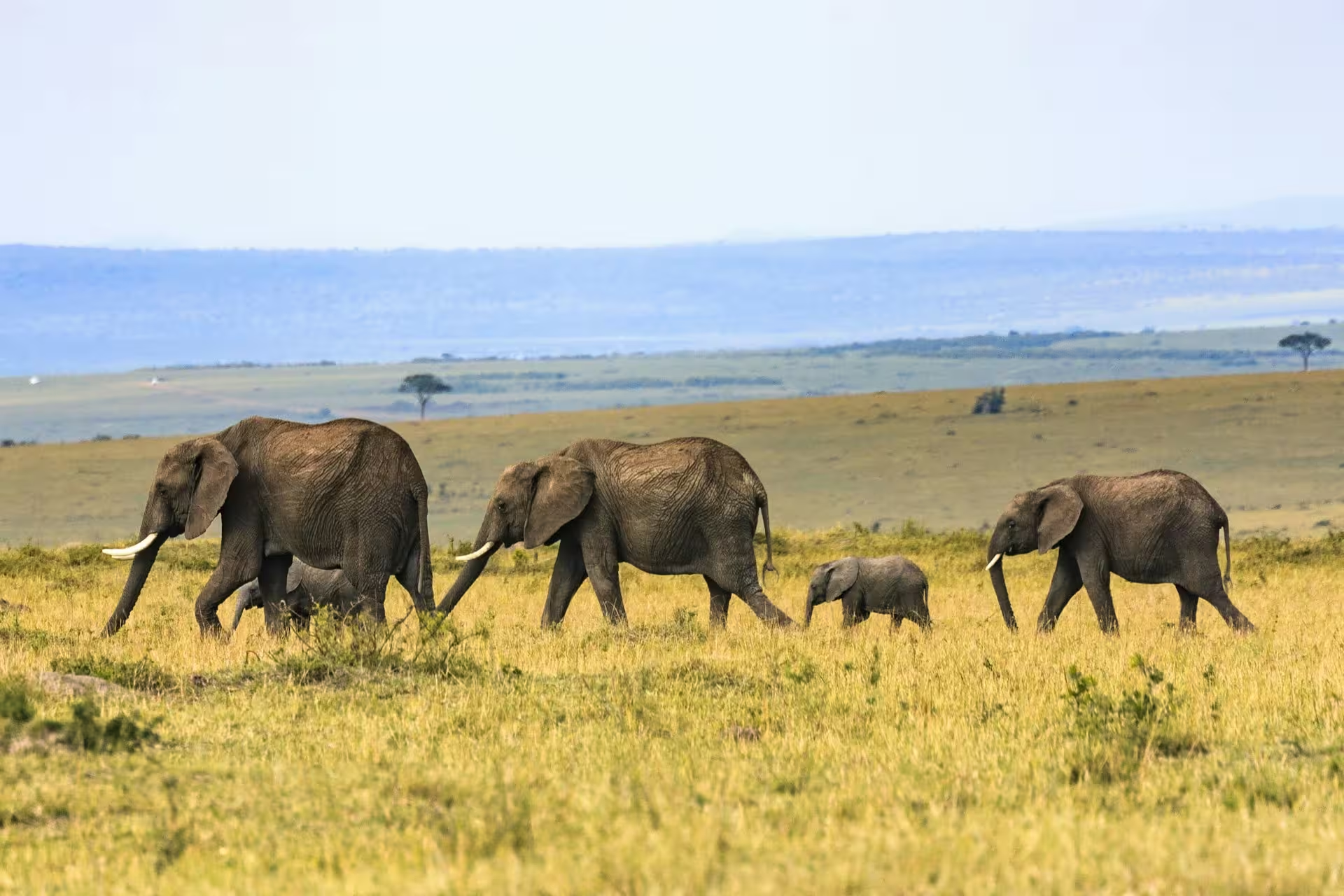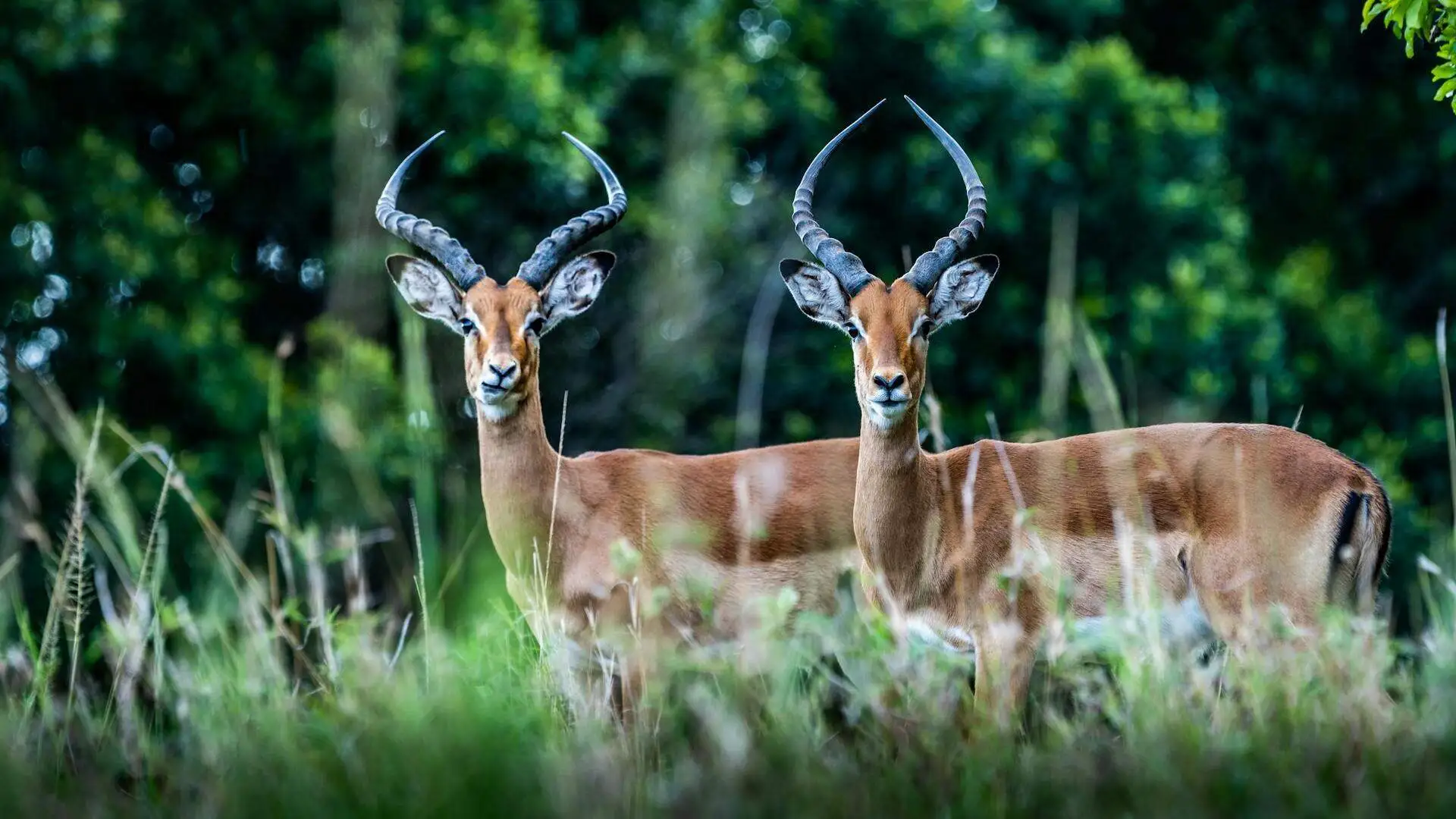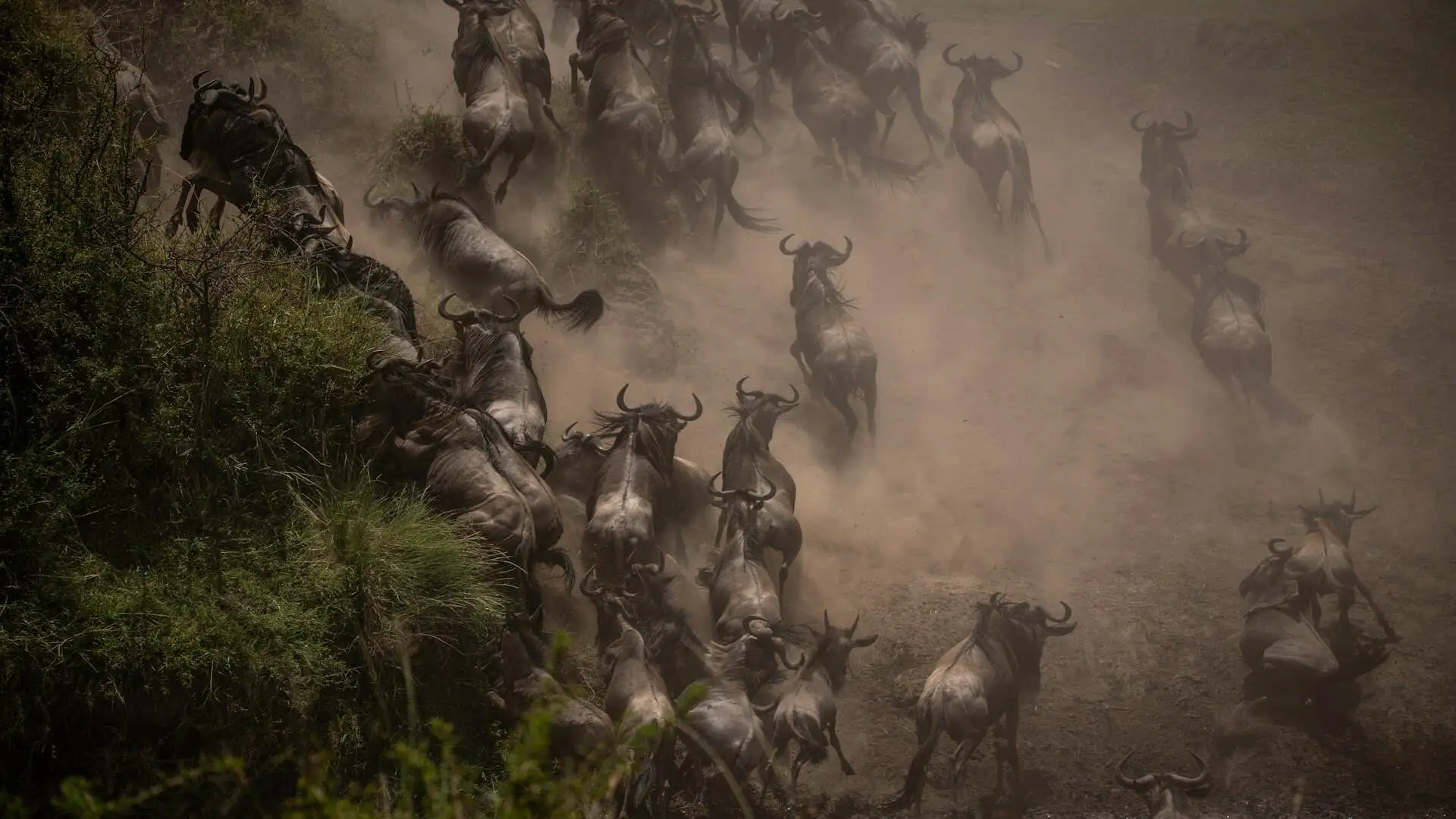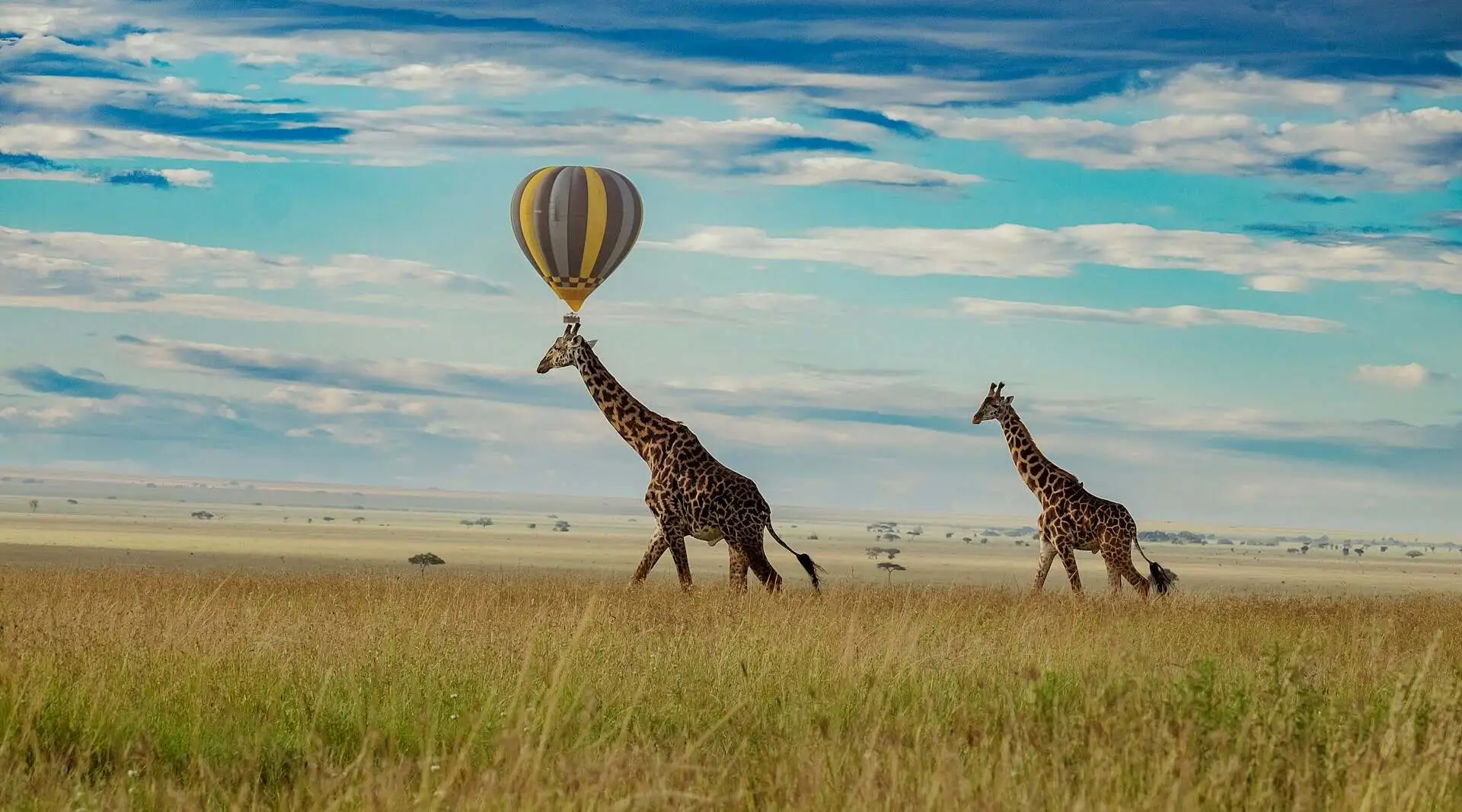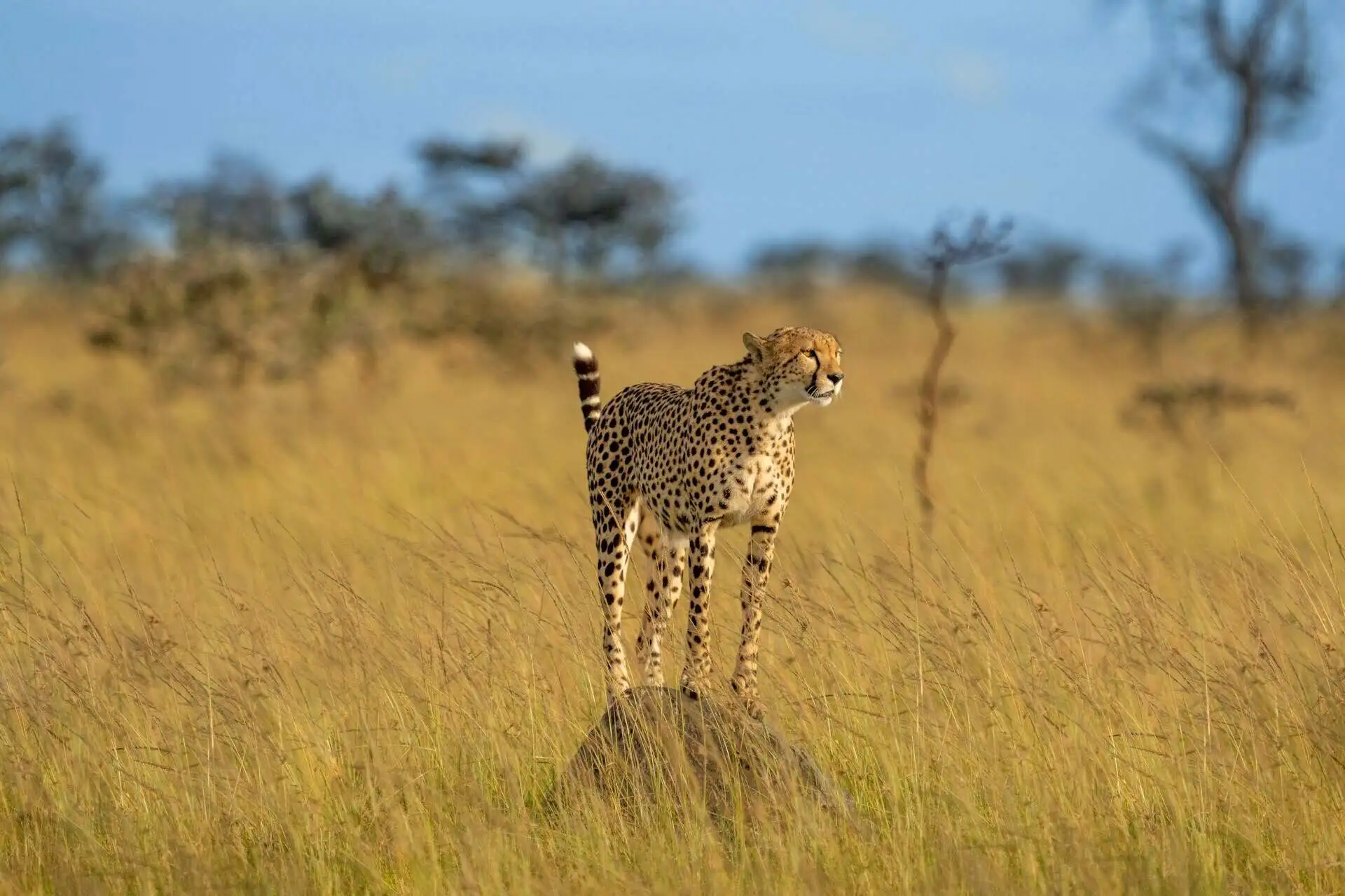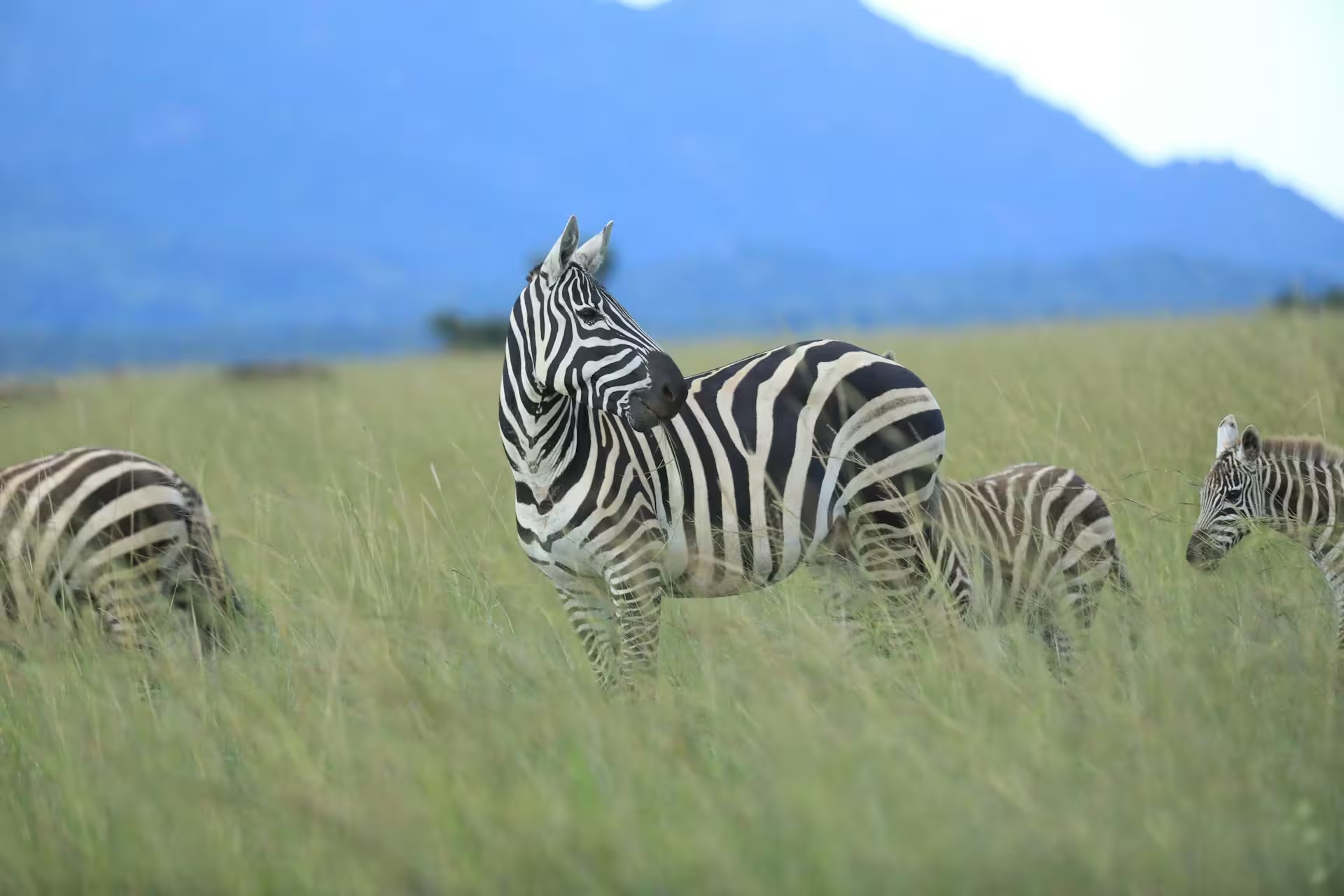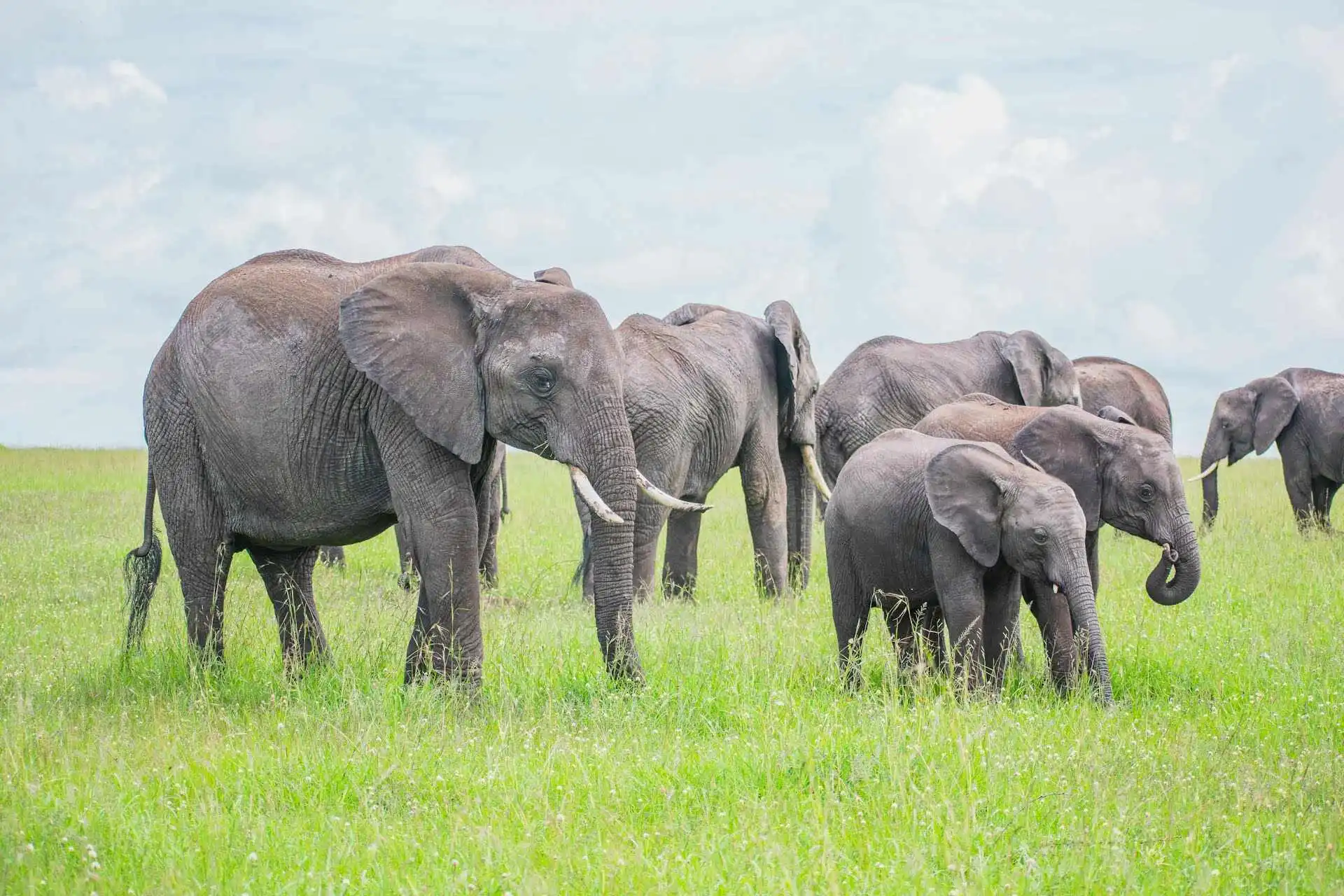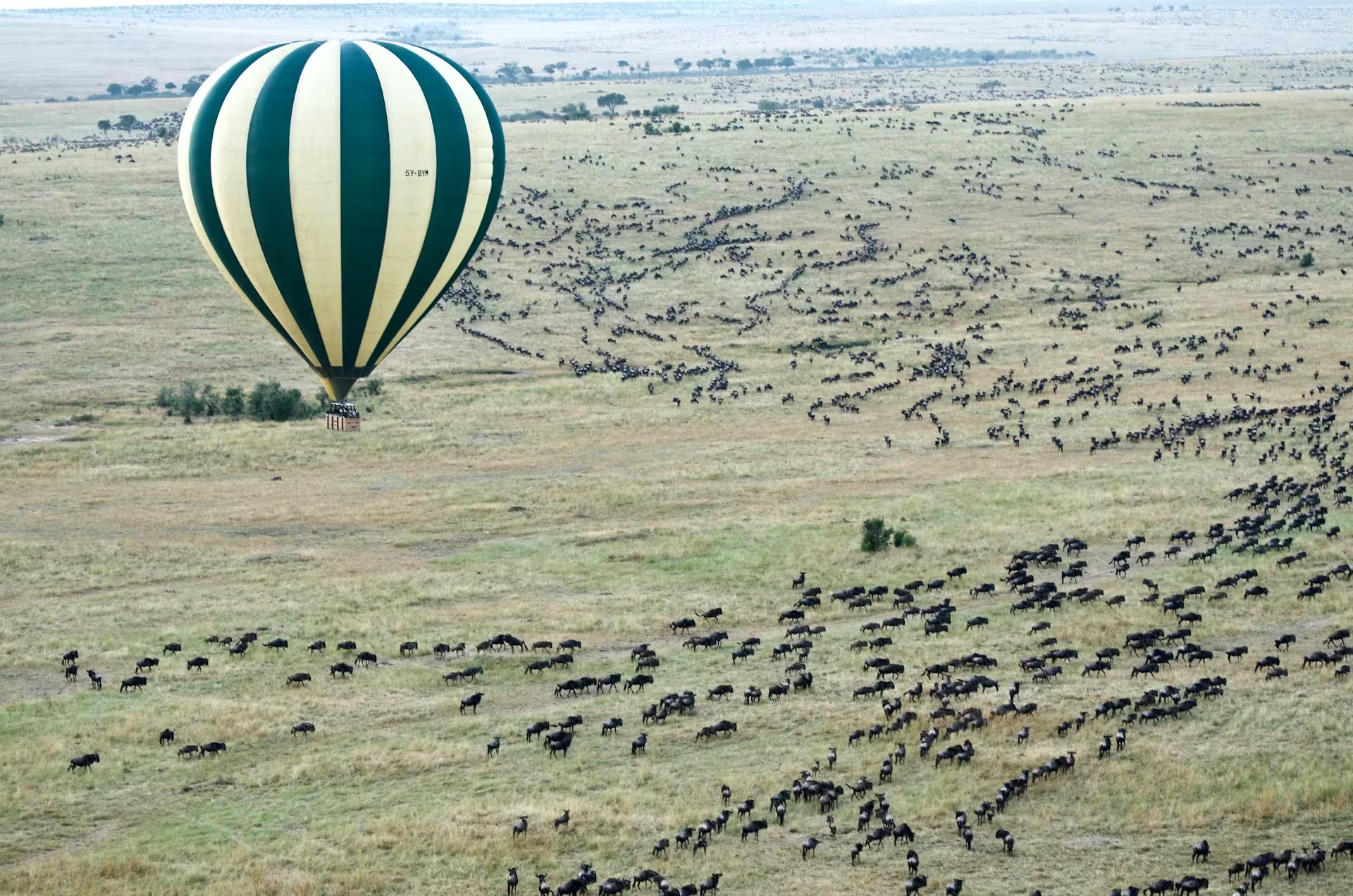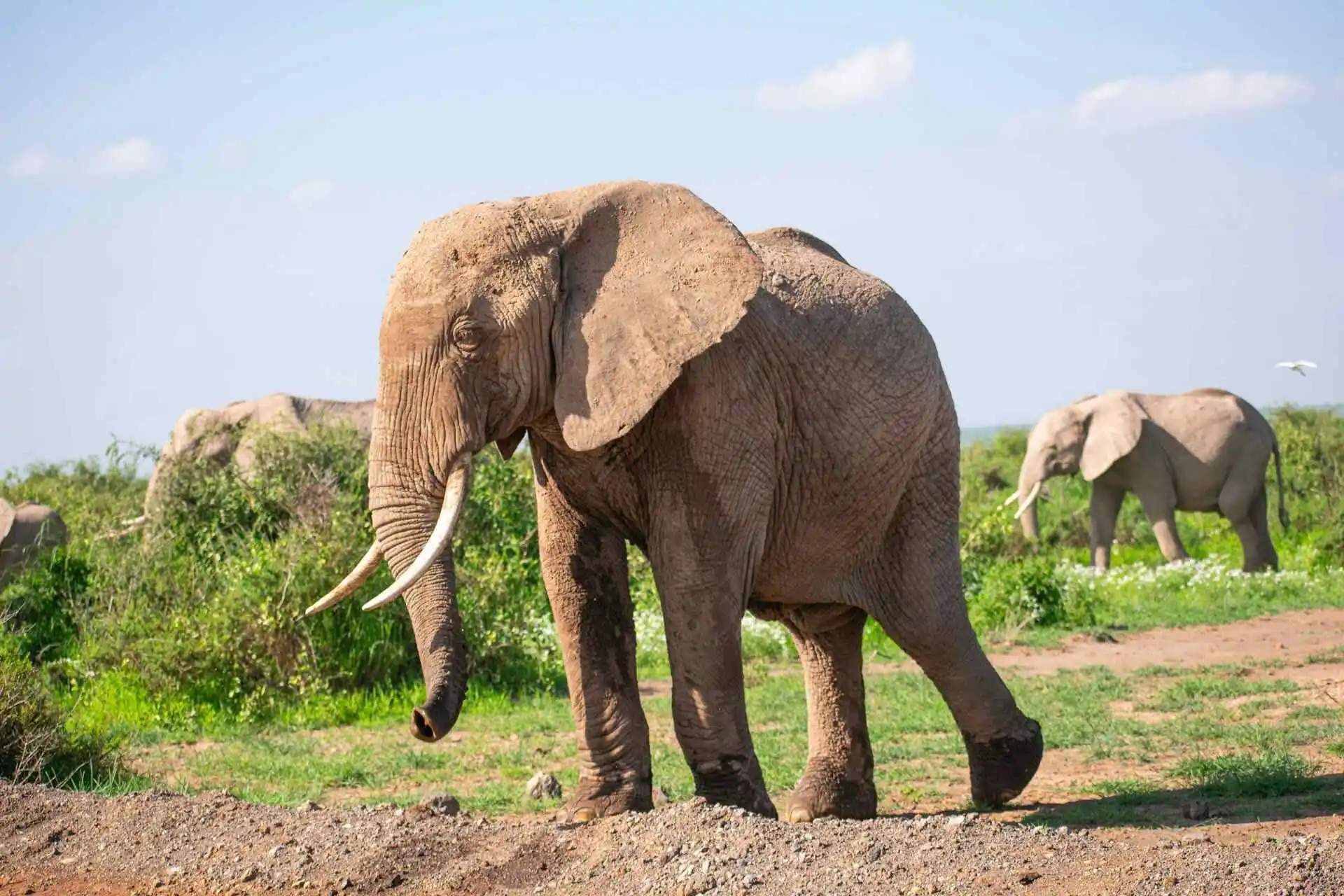Imagine a zebra, and you immediately picture bold black and white stripes, right? Well, prepare for a surprise! When a zebra foal is born, its stripes aren’t the familiar stark black. Instead, they sport a softer, warm brown color against the white.
This isn’t just a slight variation-it’s a distinct, temporary coloration. Why would nature give these vulnerable youngsters a different coat than their parents? What is the purpose of a zebra foal’s brown stripes?
The most likely reason for a zebra foal’s stripes to be a soft brown rather than the adult’s stark black is related to camouflage and thermoregulation, though a definitive, single answer remains a subject of ongoing study among biologists.
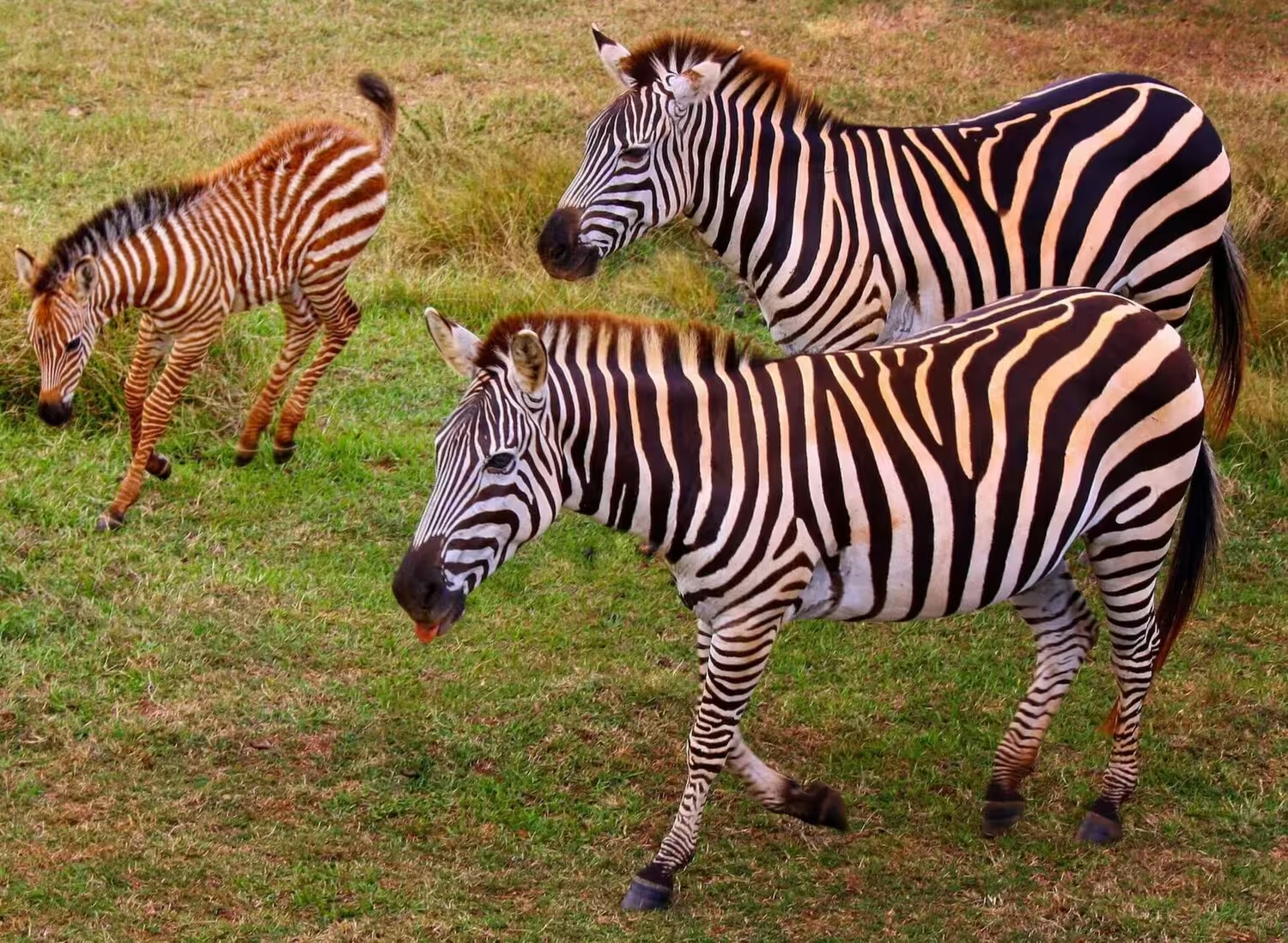
Main Reasons Why Baby Zebras Have Brown Stripes
- Incomplete Melanin Development
- For better camouflage in grasslands
- Helps to control body temperature
- Shows growth and maturity
- Supports mother-foal recognition and bonding
Incomplete Melanin Development
The reason lies in pigmentation. At birth, a zebra’s skin has not yet developed full melanin – the pigment that gives the stripes their deep black color. As the foal grows, melanin production increases, and the brown gradually turns black.
This process is completely natural and similar to how many animals, including humans, show lighter hair or skin tones early in life that darken with age. Genetics also play a role, meaning some foals might stay brownish a little longer than others.
For better camouflage in grasslands
In the open grasslands where zebras live, camouflage is essential for survival. The brownish color of a baby zebra helps it blend better with the dry savanna grass and soil. This makes it harder for predators to spot them from a distance.
The mother also uses her body as a shield, keeping the foal close during the first days. The subtle, dusty shade of the foal’s coat complements this behavior, providing an extra layer of protection when it matters most.
Helps to control body temperature
Zebra stripes also help with temperature control. The black and white pattern in adults is believed to create small air currents over the skin that help with cooling. For foals, lighter brown stripes may reduce heat absorption during the first few months when their bodies are still adjusting to the strong African sun. Their fuzzy coat adds another layer of insulation, keeping their body temperature stable.
Shows growth and maturity
As the foal grows stronger, its coat starts to change. The brown slowly deepens into black, and the soft fur becomes sleek. By around six months, most foals have developed the familiar black-and-white look of adult zebras. This transformation signals that the young zebra is growing independent and ready to move confidently with the herd.
Supports mother-foal recognition and bonding
Each zebra has a unique pattern of stripes, which helps mothers identify their foals. The soft brown color, along with the specific stripe arrangement, makes recognition easier in large herds. This bond is essential in the wild, where staying close ensures safety and care.
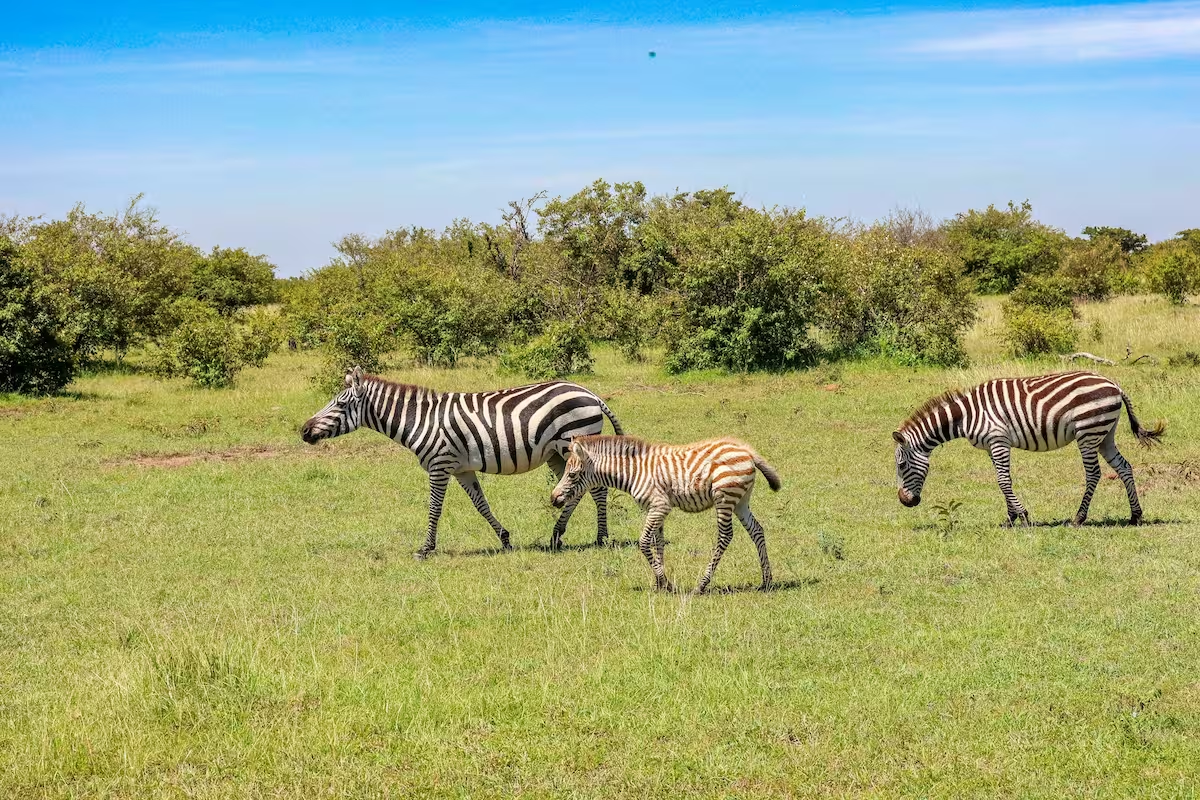
Quick Facts About Baby Zebras
- Born with brown and cream stripes that darken with age.
- Brown color fades within 4 – 6 months.
- Foals can stand and walk within 15 – 20 minutes of birth.
- Stripes are unique to each zebra, like fingerprints.
- The brown tint provides early camouflage from predators.
The brown stripes on a baby zebra aren’t random they serve a purpose. From helping the foal stay hidden to controlling body heat, every detail supports its survival in the harsh savanna. As it grows, those brown tones fade into bold black stripes, marking the young zebra’s journey into adulthood.

